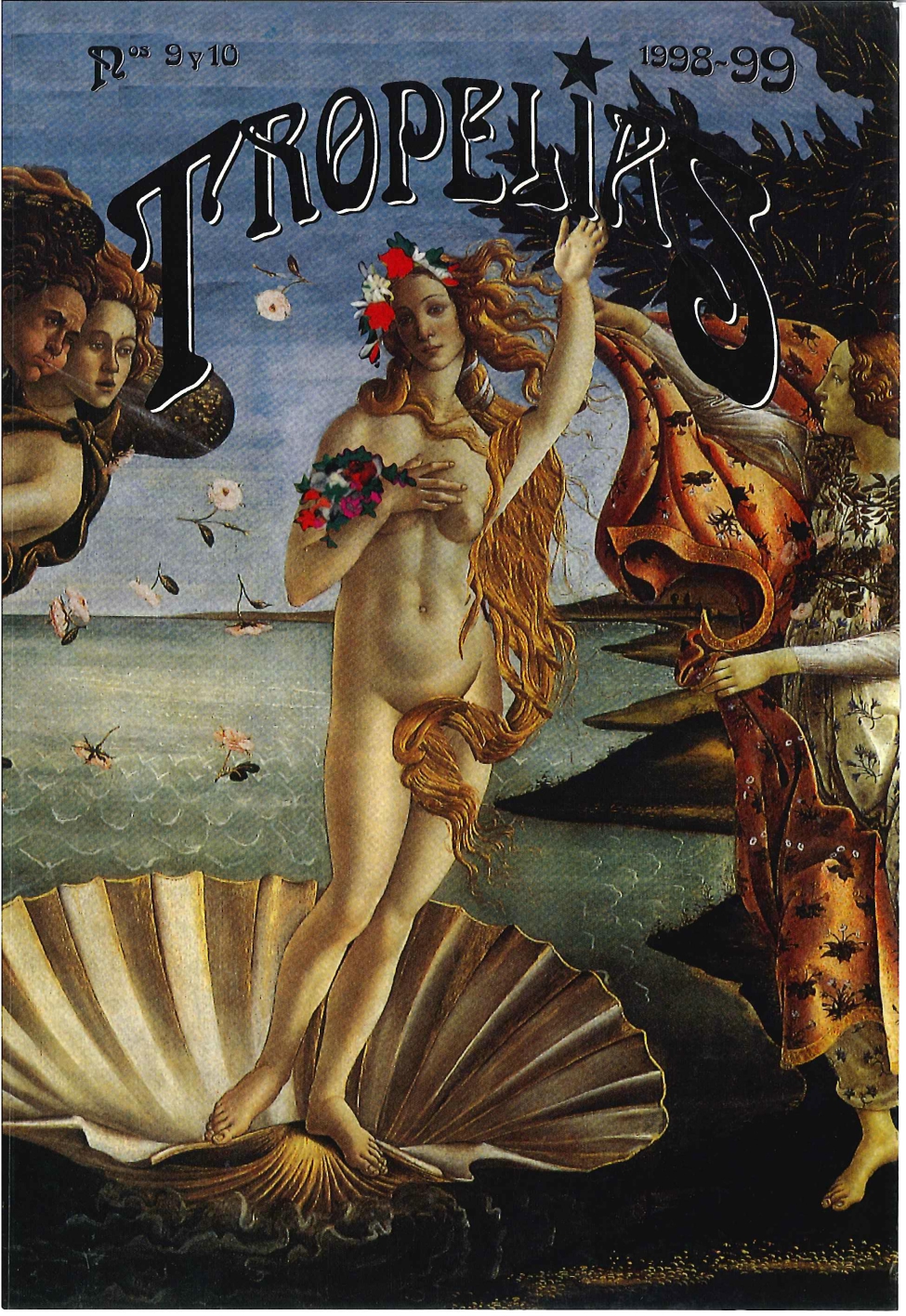The maxim and its reader in Proust. Considerations from the point of view of aesthetics of reception, rethoric and psychocritics
DOI:
https://doi.org/10.26754/ojs_tropelias/tropelias.19999-105689Keywords:
Maxim, Marcel ProustAbstract
Some hypotheses in literary theory regarding the relationship between narrator and narratee can be interrogated in the light of the role of sententious discourse in the novel, a discourse that endeavors to include and inscribe the reader's perspective into utterances. This paper reviews one of the main principles of Rezeptionsästhetik: the idea that is possible to establish an equation of equivalence between fictional of fictionalized readers in the text (either as implied, implicated or model readers) and empirical of extra-diegetic readers. In addition to this, and following argumentative rhetoric and the notion of language as action, we propose to study maxims in the novel not so much as utterances of short forms, but as enunciations and strategies. The fact that, as Aristotle suggested, the main objective of narrative is verosimilitude means that the narrative pact is only a pact of willing suspension of disbelief. Therefore, maxims can be used by narrators to introduce arguments or proofs that allow them to justify themselves in front of the reader so as to force him of her to subscribe the pact. Along this line of argumentation, but now according to psycocriticism, we conclude that sententious texts within the novel work not so much as a sort of secondary discourse but as the discourse for secondary messages: no narrator is beyond suspicion, particularly when he or she talks us in the first person. Prout's Recherche has not been chosen as an example for testing of applying what literary theorists have already hypothesized regarding this issue, but rather as a specifïc case in point that precisely questions many of such hypotheses.
Downloads
Downloads
Published
How to Cite
Issue
Section
License
Copyright (c) 2021 Carles Besa Camprubí

This work is licensed under a Creative Commons Attribution 4.0 International License.
Los artículos enviados a la revista Tropelías deben ser originales e inéditos, no publicados previamente en cualquier soporte. Únicamente se aceptará material publicado total o parcialmente con anterioridad, o que esté en proceso de evaluación en otra revista, si se hace constar la causa de tal duplicación y se facilita la fuente donde ha aparecido dicho artículo.
Las imágenes que se incluyan en los artículos estarán libres de derechos de reproducción y, en caso contrario, los autores deberán presentar los permisos para su publicación y asumir los pagos derivados de ello.
Los artículos y reseñas publicados en la revista Tropelías pueden ser incluidos en repositorios temáticos o institucionales desde el momento de su publicación, sin modificación alguna e indicando claramente su procedencia.


